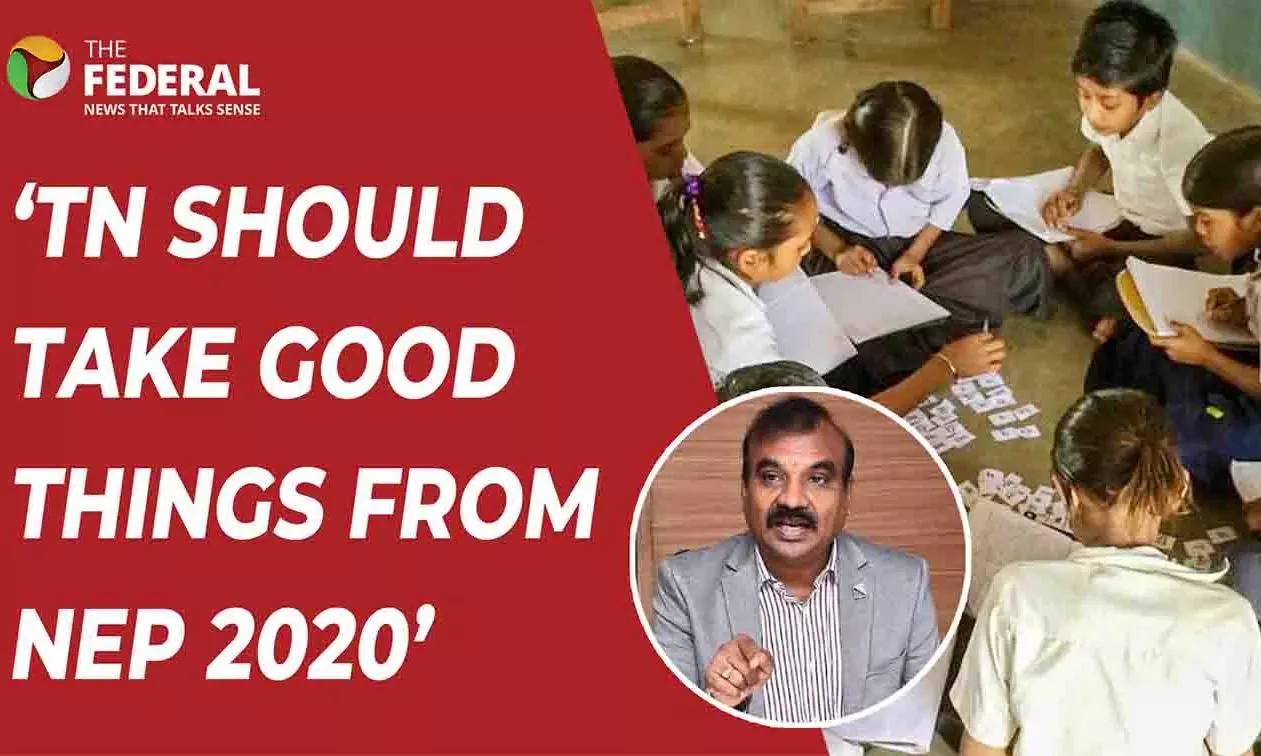
ASER 2024
ASER 2024 | Why Kerala, TN are performing well: Ramesh Prabha explains
ASER 2024 reveals the two southern states' good performance in some key parameters; what's the reason?

The Annual Status of Education Report (ASER 2024) highlights remarkable strides in primary school enrolments across states, with Kerala and Tamil Nadu shining in some key parameters. Education expert Ramesh Prabha sheds light on what drives progress and addresses challenges ahead.
The secret behind Kerala and Tamil Nadu's success
Kerala and Tamil Nadu’s strong literacy performance stems from deeply rooted traditions valuing education. "In these states, even families from lower economic strata prioritize their children's schooling," notes Ramesh Prabha. Parents actively engage in their children’s education, with some even resigning from jobs to support academic milestones.
Government schools in these states outperform private ones, thanks to the dominance of vernacular mediums—Malayalam in Kerala and Tamil in Tamil Nadu. "Learning in the mother tongue ensures better understanding at the primary level," explains Prabha. Post-pandemic economic challenges have also driven a shift from private to government schools, further boosting their enrolment and quality.
Also read: LIVE | ASER 2024 shows post-COVID recovery in learning; enrolment down
Can technology bridge the gap?
While technology plays a supportive role in education, Prabha believes it cannot replace traditional classroom teaching, especially in rural areas. "The digital divide is still a challenge," he says. Teachers in physical classrooms can tailor instruction based on students' abilities, a flexibility that technology lacks. However, digital tools like tablets loaded with educational content are beginning to enhance learning experiences.
Future challenges for Indian education
The implementation of the National Education Policy (NEP) 2020 remains a key hurdle. Prabha emphasizes the need for consensus between state and central governments. He notes, "Standardizing education could remove disparities, but states must adopt NEP on their own terms."
Vocational and skill-based education is another area requiring urgent focus. "We have a surplus of engineers but a shortage of electricians and plumbers," Prabha highlights, stressing the need to prioritize practical skills over traditional academics.
Smartphones and education: A double-edged sword
While smartphones are increasingly integrated into education, concerns about misuse persist. States such as Tamil Nadu, with affordable data plans, see high adoption rates even in rural areas. "If used wisely, smartphones and tablets can revolutionize learning," says Prabha, citing examples of digital literacy initiatives already underway.
The content above has been generated using a fine-tuned AI model. To ensure accuracy, quality, and editorial integrity, we employ a Human-In-The-Loop (HITL) process. While AI assists in creating the initial draft, our experienced editorial team carefully reviews, edits, and refines the content before publication. At The Federal, we combine the efficiency of AI with the expertise of human editors to deliver reliable and insightful journalism.

